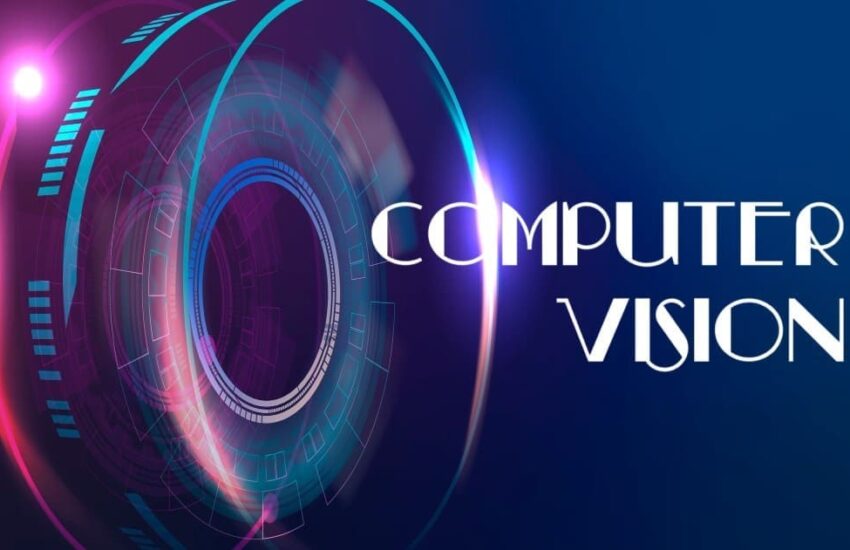
Overview:
In an era of rapid technological advancements and evolving consumer preferences, digital payments are undergoing a profound transformation. The futuristic payment solution techniques like biometric authentication, augmented reality payments, quantum cryptography, and self-sovereign identity solutions are reshaping transactions in the digital economy. Biometric authentication ensures secure payments using facial scans, fingerprints, and vein mapping, while contactless payments provide a seamless alternative through smartphones or cards. Concurrently, blockchain technology revolutionizes finance by enabling faster, secure, and transparent transactions globally. This digital evolution signifies a future driven by innovation, accessibility, and trust in financial transactions..
Join us on a journey into the realm of tomorrow’s payments, where technology and finance converge in unprecedented ways. As we navigate through biometric authentication, augmented reality payments, and other cutting-edge technologies, the future of transactions undergoes a monumental shift. These advancements promise enhanced security, convenience, and inclusivity in the digital realm. Amidst potential challenges like privacy concerns and regulatory complexities, lies a world brimming with possibilities. Digital payments empower individuals and businesses alike to thrive in an increasingly interconnected and digitized world.
So, let’s explore the top 10 futuristic payment solutions, poised to disrupt the digital landscape of cashless transactions:
1. Voice Recognition Payments:
Voice recognition technology allows users to authorize payments using their voice, adding an extra layer of convenience and security to the transaction process. Companies like Amazon and Google are exploring voice recognition payments through virtual assistants like Alexa and Google Assistant.
Examples: Amazon’s Alexa allows users to make voice-activated purchases through Amazon Pay, enabling seamless transactions using voice commands.
Cautions: Users should be cautious about the security of their voice data when using voice recognition payments, ensuring that sensitive information is not intercepted or misused by unauthorized parties.
2. Gesture Recognition Payments:
Gesture recognition technology enables users to make payments using hand gestures or body movements, providing a hands-free and intuitive payment experience. This technology could be integrated into wearable devices or embedded in public spaces like retail stores and transportation hubs.
Examples: Samsung’s “Air Gestures” feature on Galaxy smartphones enables users to navigate menus and control applications with hand gestures, potentially extending to making payments in the future.
Cautions: Users should be mindful of potential privacy concerns when using gesture recognition payments, as these technologies may inadvertently capture sensitive information or gestures without users’ consent.
3. Neuromarketing Payments:
Neuromarketing techniques leverage brain-computer interface (BCI) technology to analyze users’ brain activity and predict their purchasing behavior. By understanding consumers’ subconscious preferences, businesses can tailor their payment experiences to enhance engagement and drive sales.
Examples: Companies like Neurofied use neuromarketing techniques to analyze consumers’ brain activity and tailor payment experiences accordingly, optimizing conversion rates and customer satisfaction.
Cautions: Consumers should be cautious about the manipulation of their subconscious preferences through neuromarketing techniques, ensuring that their purchasing decisions are based on informed choices rather than subconscious influences.
4. Augmented Reality (AR) Payments:
Augmented reality technology overlays digital content onto the physical world, creating immersive payment experiences. AR payments could involve scanning QR codes or virtual objects in the real world to initiate transactions, blurring the lines between digital and physical commerce.
Examples: AR-enabled apps like IKEA Place allow users to visualize furniture in their home before making a purchase, with potential for integrating payment functionality directly into the AR experience.
Cautions: Users should be vigilant against potential security risks associated with AR-enabled payment apps, such as unauthorized access to personal data or financial information through augmented reality experiences.
5. Internet of Things (IoT) Payments:
The Internet of Things (IoT) enables everyday objects to connect and communicate with each other, paving the way for seamless payment experiences. IoT-enabled devices like smart appliances, wearables, and connected cars could facilitate automatic payments for goods and services based on predefined preferences and usage patterns.
Examples: Visa’s partnership with Honda enables in-car payments for fuel and parking using Honda vehicles’ built-in infotainment systems, demonstrating the potential for IoT-enabled payments.
Cautions: Consumers should carefully consider the security implications of IoT-enabled payments, ensuring that connected devices are protected against cyber threats and unauthorized access to financial data.
6. Biometric Wearable Payments:
Biometric wearable devices such as smartwatches and fitness trackers could incorporate biometric authentication technology to enable secure and convenient payments. Users could authenticate transactions using their fingerprint, heartbeat, or other biometric markers, eliminating the need for physical cards or smartphones.
Examples: The Garmin Pay feature on Garmin smartwatches allows users to make contactless payments using their device’s built-in biometric sensors for authentication.
Cautions: Users should be aware of the potential risks of biometric data breaches when using biometric wearable payments, ensuring that their biometric information is securely stored and protected from unauthorized access.
7. Quantum Cryptography Payments:
Quantum cryptography utilizes principles of quantum mechanics to secure communication channels and prevent unauthorized access to sensitive information. Quantum-resistant cryptographic algorithms could enhance the security of digital payments by safeguarding against emerging threats from quantum computers.
Examples: Companies like QuintessenceLabs utilize quantum cryptography to secure digital transactions and communications, protecting sensitive financial data from quantum computing threats.
Cautions: Organizations should evaluate the readiness of quantum cryptography solutions for real-world deployment, considering factors such as scalability, interoperability, and regulatory compliance.
8. Cryptocurrency Micropayments:
Cryptocurrency micropayments involve transferring tiny amounts of digital currency for online content, services, or products. This payment method could revolutionize monetization models for digital content creators, enabling them to receive instant, low-cost payments without relying on traditional payment processors.
Examples: Brave Browser’s Basic Attention Token (BAT) rewards users for engaging with online content through micropayments, providing an alternative monetization model for digital content creators.
Cautions: Users should exercise caution when engaging in cryptocurrency micropayments, as cryptocurrencies are subject to price volatility and regulatory uncertainties that may affect their value and legality.
9. Self-Sovereign Identity Payments:
Self-sovereign identity solutions empower individuals to control and manage their digital identities securely. By integrating self-sovereign identity systems with digital payments, users can authenticate transactions and authorize payments without relying on centralized authorities or intermediaries.
Examples: Microsoft’s decentralized identity initiative, built on the Decentralized Identity Foundation’s (DIF) standards, enables users to control their digital identities and authenticate payments without intermediaries.
Cautions: Individuals should carefully consider the implications of self-sovereign identity solutions for privacy and security, ensuring that their digital identities are protected against unauthorized access and misuse.
10. Hyperledger Payments:
Hyperledger is an open-source blockchain platform designed for building enterprise-grade distributed ledger solutions. Hyperledger-based payment systems offer enhanced privacy, scalability, and interoperability features, making them suitable for a wide range of financial applications and use cases.
Examples: IBM’s Blockchain World Wire platform, built on the Hyperledger Fabric framework, facilitates cross-border payments and settlement using digital assets, offering a secure and efficient alternative to traditional payment systems.
Cautions: Organizations should assess the security and reliability of Hyperledger-based payment platforms, ensuring that they implement robust security measures and adhere to industry best practices to protect against cyber threats and data breaches.
Summing Up:
In conclusion, the future of digital payments is characterized by a convergence of cutting-edge technologies and innovative solutions aimed at enhancing security, convenience, and accessibility. From biometric authentication to augmented reality payments, each futuristic digital payment technique offers unique advantages and opportunities for businesses and consumers alike. However, as we embrace these advancements, it’s crucial to remain vigilant against potential risks and challenges, including privacy concerns, security vulnerabilities, and regulatory complexities.
By addressing these challenges proactively and leveraging emerging technologies responsibly, we can unlock the full potential of digital payments to drive financial inclusion, economic empowerment, and innovation in the digital economy. As we continue to navigate the ever-evolving landscape of finance, one thing remains clear: the future of payments is boundless, driven by the relentless pursuit of progress and the transformative power of technology. Join us as we embark on this journey into a future where digital payments redefine the way we transact, connect, and thrive in the digital age.












2 thoughts on “Unveiling 10 Innovative and Futuristic Payment Solutions Revolutionizing Transactions”